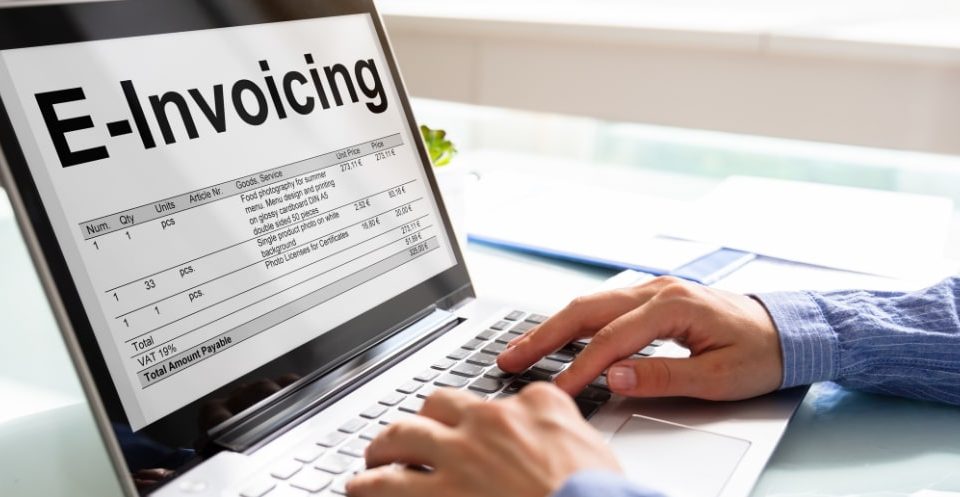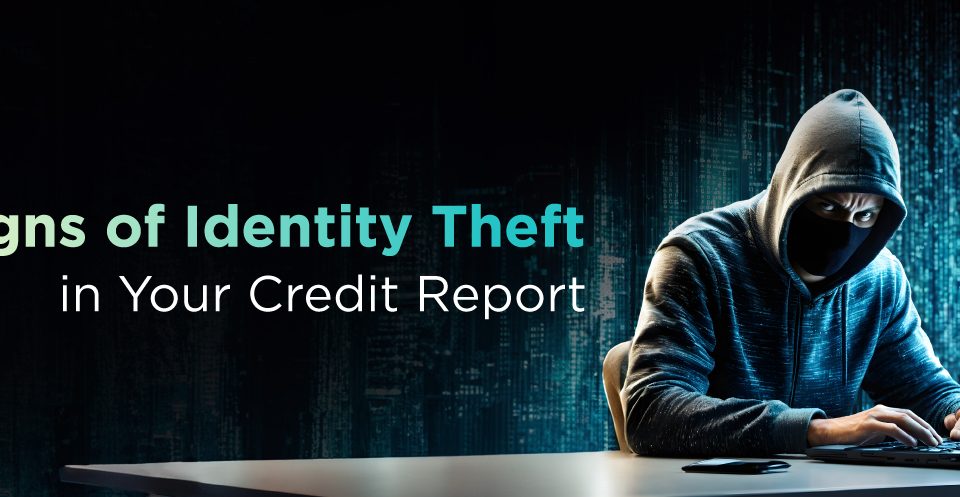
It’s incredible just how much consumers shop online these days – from groceries to health supplements, latest overseas fashion items to car spare parts, almost everything that is sold globally is within our reach no matter where we live.
While the convenience and range of choice is amazing, all this digital power comes with its own drawbacks, mainly the risk of compromising your sensitive personal information online by accident.
Here are some tips on how to keep your information and identity more secure while shopping online.
1. Ensure the websites you shop on are trustworthy & reputable
Check if they have good security track records. Never buy anything online using your credit card from a site that doesn’t have SSL (secure sockets layer) encryption installed. You’ll know if the site has SSL because the URL for the site will start with HTTPS—instead of just HTTP. An icon of a locked padlock will appear, typically to the left of the URL in the address bar.
2. Use a unique password for each online shopping website
Make sure your passwords are different for each website you shop on (don’t repeat them for other websites) and strong to reduce the chances of anyone else being able to figure them out too easily.
3. Don’t overshare when it comes to personal information
Some online retailers may ask for your birthday to be able to better tailor their services to you, or perhaps offer you birthday specials. However, if cybercriminals get this information and your credit card number, they can do a lot of damage. The more scammers know, the easier it is to steal your identity. When possible, default to giving up as little personal data as possible.
4. Avoid shopping using public WiFi
Since shopping online requires sensitive personal information such as bank account or credit card details, don’t take the risk. It’s much safer to shop on a secured Wi-Fi connection, preferably from the comfort of your home or other trusted network.
5. Check your CTOS SecureID alerts regularly
As a CTOS SecureID subscriber, you’ll receive alerts if there are any changes to your credit profile such as new credit applications, credit limit changes, account closure or if your information is found on the dark web. You’ll also get four MyCTOS Score reports a year (these contain your updated credit score which is the CTOS Score) to help you stay on top of your credit health as well.
If you haven’t set up your dark web monitoring, you should do so to ensure you’re protected – simply login to your account and enter the information you want us to monitor for you.




